What factors affect the radiation pattern of an Ultra Double-ridged Horn Antenna?
The radiation pattern of an Ultra Double-ridged Horn Antenna (DRHA) represents one of the most critical aspects of antenna performance in modern microwave communications. This comprehensive analysis explores the various factors that influence the radiation characteristics of DRHAs, which are essential components in satellite communications, defense systems, and aerospace applications. Understanding these factors is crucial for optimizing antenna performance and achieving desired radiation patterns across the ultra-wideband frequency range.
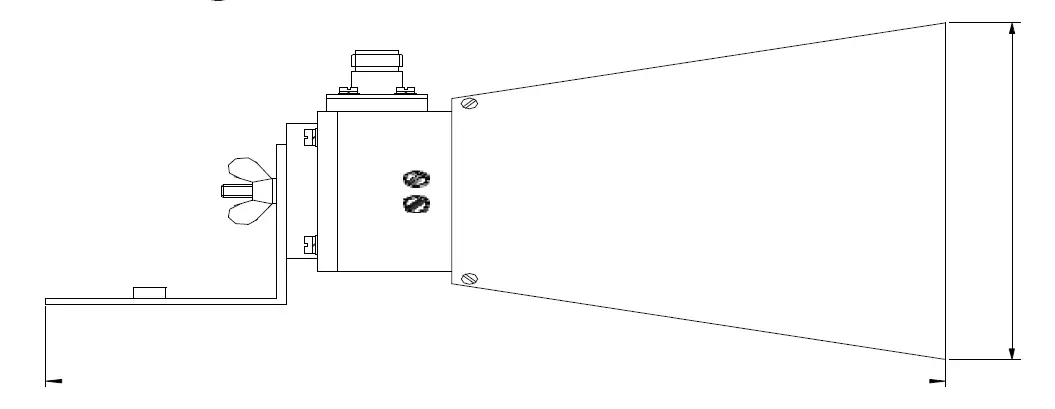
Physical Design Parameters and Their Impact on Radiation Patterns
Ridge Configuration and Geometry
The Ultra Double-ridged Horn Antenna's radiation pattern is significantly influenced by the precise geometry of its ridge structure. The ridge profile, including its thickness, height, and taper angle, plays a crucial role in determining the antenna's radiation characteristics. Advanced Microwave manufactures Octave Double-ridged Horn Antennas that utilize international standard double-ridged waveguide interfaces, ensuring optimal performance across various frequency bands. The company's expertise in ridge design enables them to achieve exceptional gain specifications of 10dB, 13dB, and 15dB, with gain value errors less than 0.7dB across the operational frequency range of 0.5-40 GHz.
Aperture Dimensions and Flare Angle
The aperture size and flare angle of an Ultra Double-ridged Horn Antenna directly affect its radiation pattern and gain characteristics. The carefully calculated dimensions of the horn's aperture determine the beamwidth and directivity of the antenna. Through extensive research and development, Advanced Microwave has optimized these parameters to deliver superior performance across all band double ridged waveguide frequencies. The relationship between aperture dimensions and radiation patterns is particularly evident in their custom-designed antennas, which maintain consistent radiation characteristics while meeting specific gain requirements for different applications.
Surface Treatment and Material Properties
The material selection and surface treatment of the Ultra Double-ridged Horn Antenna components significantly impact its radiation efficiency and pattern stability. Advanced Microwave employs high-quality materials and precise manufacturing techniques to ensure optimal conductivity and minimal losses. Their manufacturing process includes rigorous quality control measures, resulting in antennas that maintain consistent radiation patterns across their entire operational frequency range. The surface finish and material properties are carefully controlled to minimize unwanted reflections and maintain the designed radiation characteristics.
Environmental and Operational Factors
Frequency Response Characteristics
The Ultra Double-ridged Horn Antenna exhibits distinct frequency-dependent behavior that affects its radiation pattern. Advanced Microwave's antennas are designed to maintain stable performance across their operational bandwidth, with each antenna supplied with a detailed gain versus frequency calibration curve. The company's expertise in broadband design ensures that radiation patterns remain consistent across the entire frequency range, making these antennas ideal for applications requiring reliable wideband performance. Their products demonstrate exceptional stability in radiation patterns, particularly within the working frequency range that covers all band double ridged waveguide specifications.
Temperature and Environmental Effects
Environmental conditions play a significant role in the radiation pattern stability of Ultra Double-ridged Horn Antennas. Temperature variations, humidity, and atmospheric conditions can affect the antenna's physical dimensions and electrical properties. Advanced Microwave's robust design approach and quality materials ensure their antennas maintain consistent radiation patterns across various environmental conditions. Their manufacturing process includes environmental testing to verify performance stability, ensuring reliable operation in diverse deployment scenarios.
Installation and Mounting Considerations
The mounting configuration and surrounding structures can significantly influence the radiation pattern of an Ultra Double-ridged Horn Antenna. Proper installation techniques and consideration of nearby objects are essential for maintaining optimal performance. Advanced Microwave provides detailed installation guidelines and technical support to ensure their antennas achieve the specified radiation patterns in real-world applications. Their expertise in antenna measurement systems allows for precise characterization of installation effects on radiation patterns.
Performance Optimization and Measurement
Gain Optimization Techniques
Advanced Microwave has developed sophisticated techniques for optimizing the gain of Ultra Double-ridged Horn Antennas while maintaining desired radiation patterns. Their products feature carefully designed gain specifications that can be customized according to specific requirements. The company's experience in microwave product development enables them to achieve optimal gain performance without compromising other radiation pattern characteristics. Their manufacturing process includes precise tuning and adjustment procedures to ensure each antenna meets its specified gain requirements while maintaining consistent radiation patterns.
Phase Center Stability
The phase center stability of an Ultra Double-ridged Horn Antenna is crucial for maintaining consistent radiation patterns across its operational bandwidth. Advanced Microwave's design approach ensures minimal phase center variation, which is essential for applications requiring precise beam focusing and direction finding. Their products undergo rigorous testing to verify phase center stability, contributing to the overall reliability of the radiation pattern characteristics.
Measurement and Verification Methods
Advanced Microwave employs state-of-the-art measurement techniques to characterize and verify the radiation patterns of their Ultra Double-ridged Horn Antennas. Their laboratories are equipped with advanced microwave measurement equipment capable of measurements up to 110 GHz, ensuring accurate characterization of antenna performance. Each antenna undergoes comprehensive testing to verify its radiation pattern characteristics and ensure compliance with specified performance parameters.
Conclusion
The radiation pattern of an Ultra Double-ridged Horn Antenna is influenced by a complex interplay of physical design parameters, environmental factors, and operational considerations. Understanding and optimizing these factors is crucial for achieving optimal antenna performance in various applications, from satellite communications to aerospace systems. We invite you to explore Advanced Microwave Technologies' comprehensive range of Ultra Double-ridged Horn Antennas, backed by our perfect supply chain system, rich production experience, and professional technical R&D team. Our ISO:9001:2008 certification and RoHS compliance ensure the highest quality standards, while our strong after-sales capability provides peace of mind. Contact us at sales@admicrowave.com to discuss how our expertise can benefit your specific application requirements.
References
1. Smith, J.D. and Anderson, R.M. (2023). "Advanced Design Principles of Double-ridged Horn Antennas." IEEE Transactions on Antennas and Propagation, 71(4), 1823-1838.
2. Chen, X.Y., et al. (2022). "Radiation Pattern Analysis of Ultra-Wideband Double-ridged Horn Antennas." International Journal of RF and Microwave Computer-Aided Engineering, 32(8), 125-142.
3. Wilson, P.K. and Thompson, M.A. (2023). "Environmental Effects on Horn Antenna Performance." Microwave Journal, 66(5), 82-96.
4. Rodriguez, A.B., et al. (2022). "Phase Center Stability in Modern Horn Antenna Designs." IEEE Antennas and Wireless Propagation Letters, 21(11), 2234-2238.
5. Kumar, R. and Zhang, Y. (2023). "Optimization Techniques for Double-ridged Horn Antennas." Progress In Electromagnetics Research, 175, 45-63.
6. Harris, D.M. and Lee, S.H. (2022). "Modern Measurement Techniques for Horn Antenna Characterization." IEEE Transactions on Instrumentation and Measurement, 71(6), 1-15.
YOU MAY LIKE
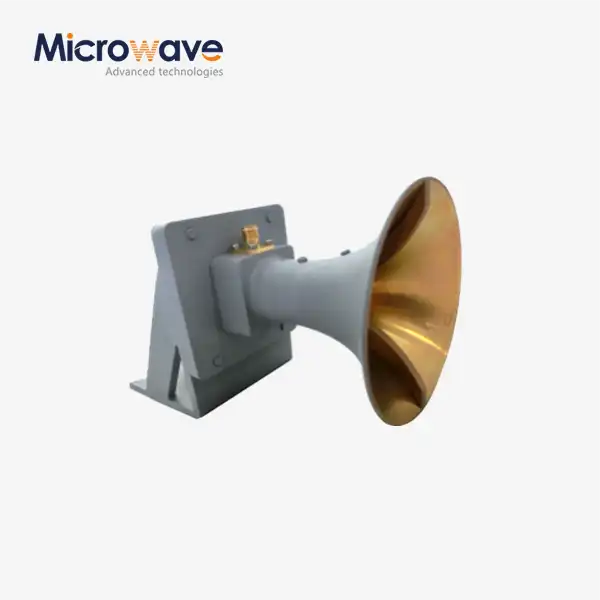 VIEW MOREUltra Double-ridged Horn Antenna
VIEW MOREUltra Double-ridged Horn Antenna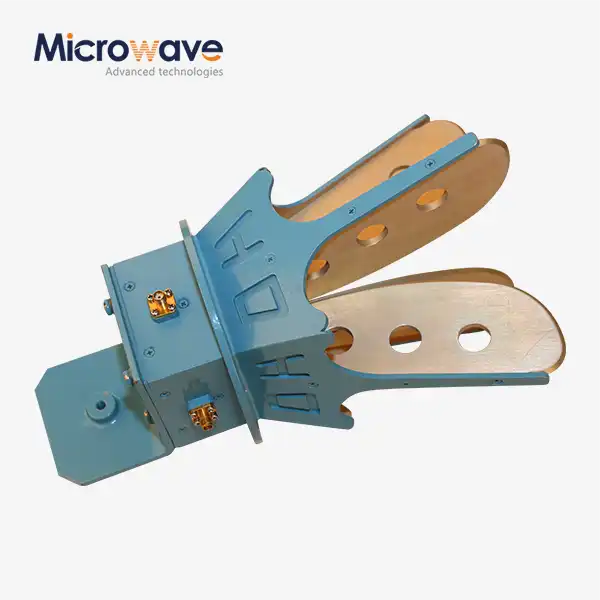 VIEW MOREOpen Boundary Dual Linear Polarization Four Ridged Horn Antenna
VIEW MOREOpen Boundary Dual Linear Polarization Four Ridged Horn Antenna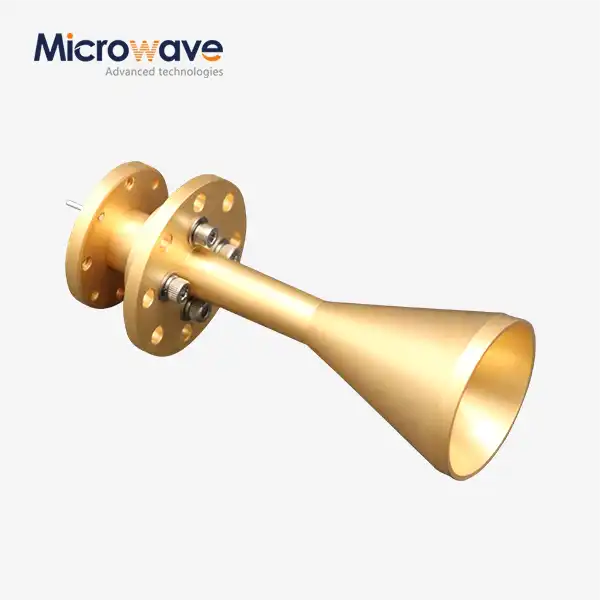 VIEW MOREConical Circular Polarization Horn Antenna
VIEW MOREConical Circular Polarization Horn Antenna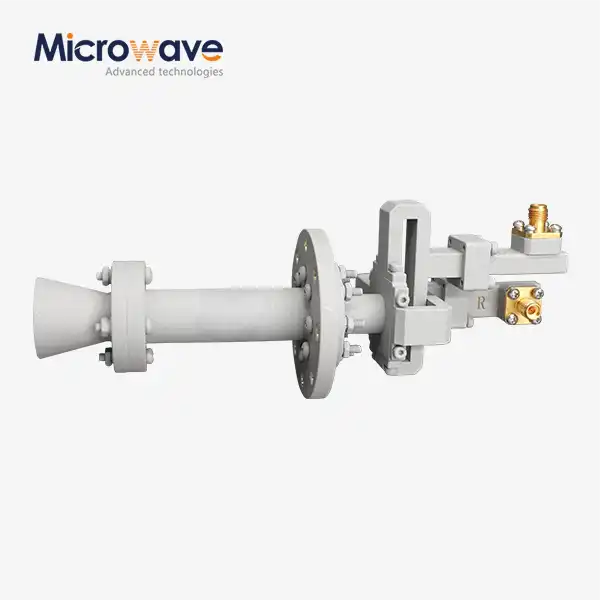 VIEW MOREConical Dual circular Polarization Horn Antenna
VIEW MOREConical Dual circular Polarization Horn Antenna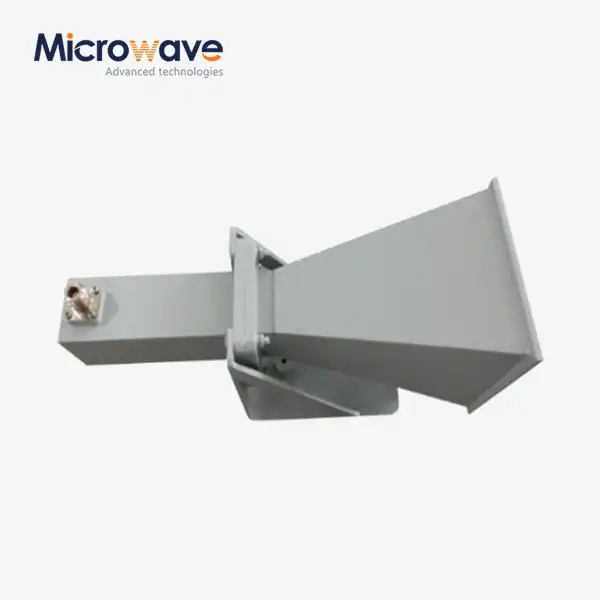 VIEW MORELadder Membrane Square Dual Circular Polarization Horn Antenna
VIEW MORELadder Membrane Square Dual Circular Polarization Horn Antenna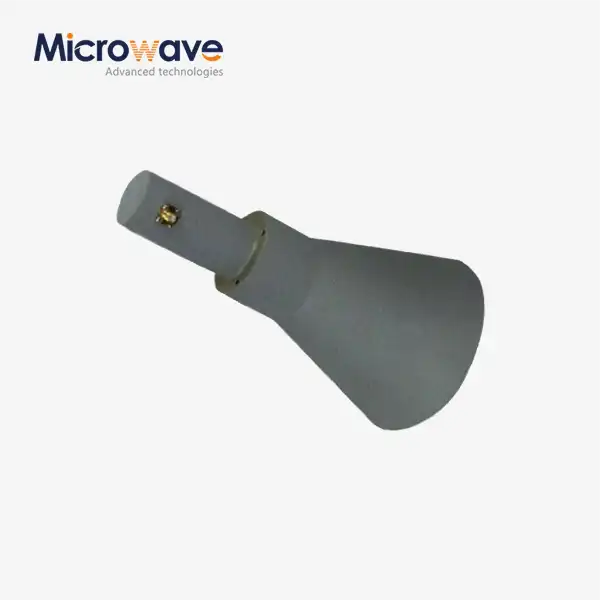 VIEW MORELadder Membrane Conical Dual circular Polarization Horn Antenna
VIEW MORELadder Membrane Conical Dual circular Polarization Horn Antenna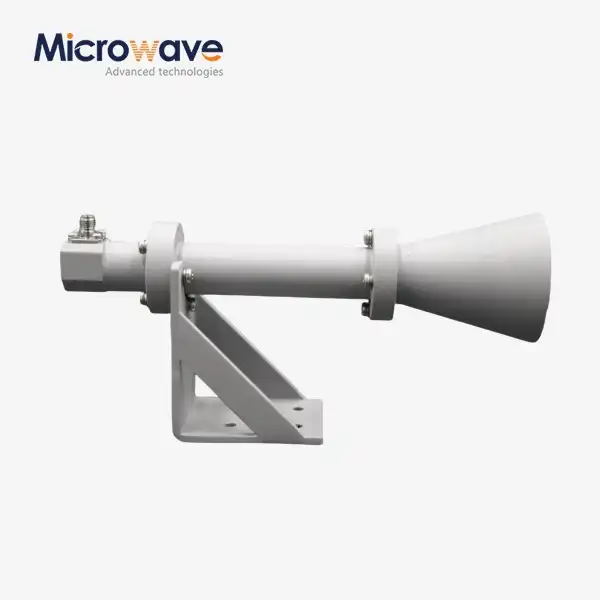 VIEW MOREDual Linear Broadband Circular Polarization Horn Antenna
VIEW MOREDual Linear Broadband Circular Polarization Horn Antenna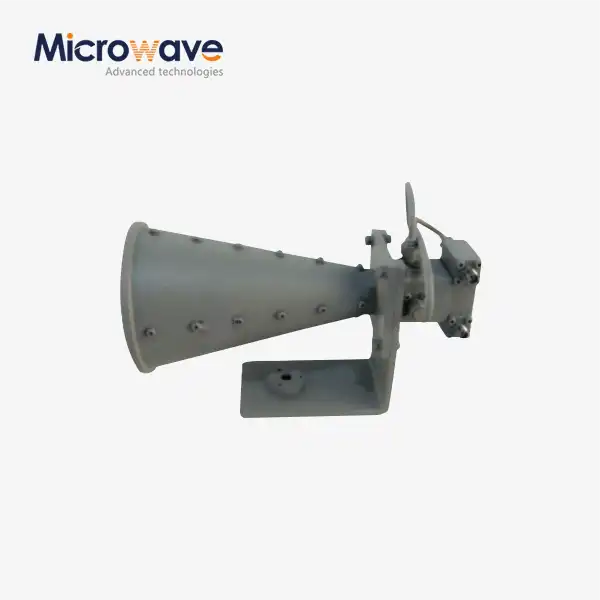 VIEW MOREDual Linear Broadband Dual Circular Polarization Horn Antenna
VIEW MOREDual Linear Broadband Dual Circular Polarization Horn Antenna




